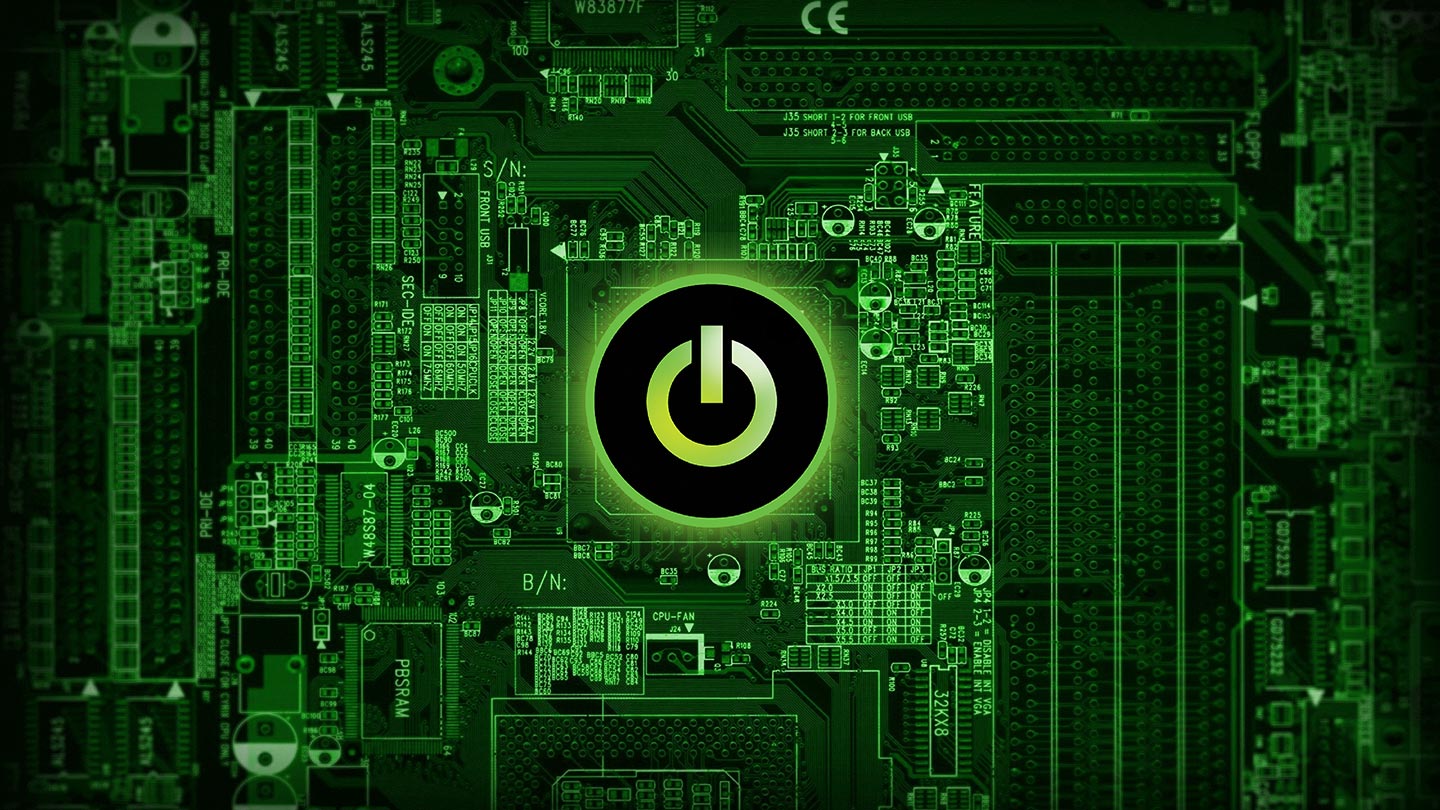
Any number of threats can infect your computer, monopolize disk space, hijack your web browser, and access sensitive data such as passwords or banking information. Understanding how various threats can exploit security vulnerabilities and using appropriate antivirus (AV) software can help reduce your risk of falling victim.
Antivirus software works to prevent, detect and remove threats such as
- worms, malicious programs that replicate themselves to spread to other computers, increase network traffic and consume bandwidth
- adware, software that automatically renders ads in order to make money for its creator
- rootkits, which allow access to a computer or areas of its software that would not otherwise be allowed
- spyware, which gathers information about a user or an organization and sends it to a third party without the user’s knowledge or consent
- backdoors, secret methods of bypassing normal authentication to secure unauthorized, remote access to a computer or computer system
- ransomware, which installs on a user’s computer without his or her knowledge, executes an attack on the computer and demands payment to decrypt it or not publish it
- Trojan horses used to hack into a computer by misleading users to gain access to sensitive information
- browser hijackers, which modify a web browser’s setting without a user’s permission to inject unwanted ads into his or her browser
- keylogging software, which secretly records a user’s keystrokes
Powerful software programs such as BitDefender, Trend Micro and AVG rely on virus definitions to detect these various threats. Definition files contain signatures for viruses and other malicious programs. As antivirus (AV) software quietly runs in the background, it checks every file you use and compares it against known virus signatures. Thus, files and programs, even ones you’ve downloaded and not yet opened, are scanned. This way, anything matching the definition files is flagged as harmful and quarantined or deleted—before it can cause havoc.
In addition to background scanning (sometimes called resident scanning or real-time protection), antivirus software also performs heuristic scans, trying to identify harmful behaviours or activities that might suggest new, unknown viruses—all without definition files.
Given that researchers are constantly uncovering vulnerabilities in web browsers, plug-ins and operating systems, antivirus companies must continuously update and release definition updates. The best way to safeguard against viruses, malware and other threats is ensure that your AV software is set to download definition updates automatically and to run full system scans on an ongoing, regular basis.
Still need help or advice? Contact us today to learn more.
Liked this article?
We are adding more useful articles to our blog every week! Join our subscribers to stay up to date on digital security, marketing, and social media trends.
By entering your email, you agree to receive our monthly newsletter. You can unsubscribe at any time!


